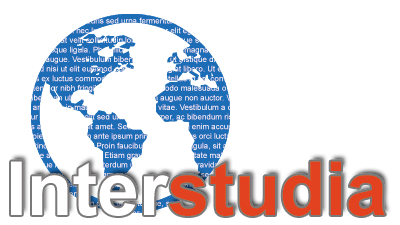Abstract
As the opposite of the traditional chief character of a novel, the anti-hero or the ‘non-hero’ does not commonly possess the positive features that are expected from a fictional protagonist. Unlike heroes, anti-heroes do not represent the epitome of a community’s grand ideals, aspirations or goals, nor do their lives evoke strength, bravery, resourcefulness or nobility of mind and character. Caught in a net of flaws, weaknesses, fears, imperfect features (sometimes reaching caricatural tones), unlucky situations, personal delusions, impossible ideals, inadequacies, inferior features, unconventional acts, or downright failures, the anti-heroes discussed in this paper resonate with the ideology of the authors creating them and, to a certain extent, of the ages they pertained to. Ultimately, anti-heroes chronologically placed in distant poles of literary history, such as Henry Fielding’s Tom Jones (1749), Laurence Sterne’s Tristram Shandy (1760-7), or Kingsley Amis’s Lucky Jim (1954) and John Osborne’s Jimmy Porter (from Look Back in Anger, 1957) illustrate humanity’s changing dreams and the changing nature of man’s potency to fulfil ideals or, simply, the duality or imperfection of (non-idealized) human nature. The diachronic approach will illustrate a trajectory that places the characters (simultaneously or not) in various roles: the clown, the eccentric, the marginalized, the victim and many others that the paper will illustrate.
